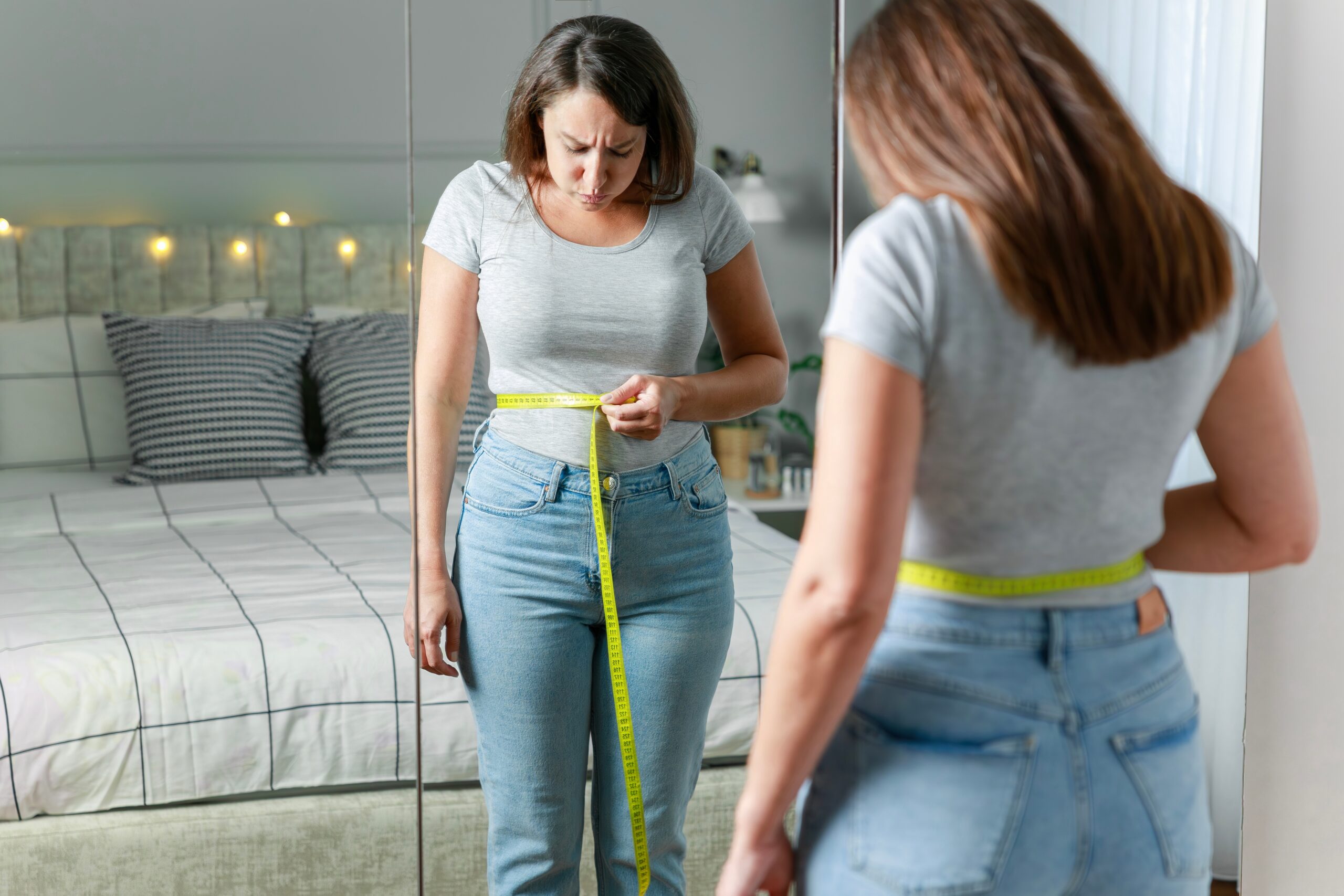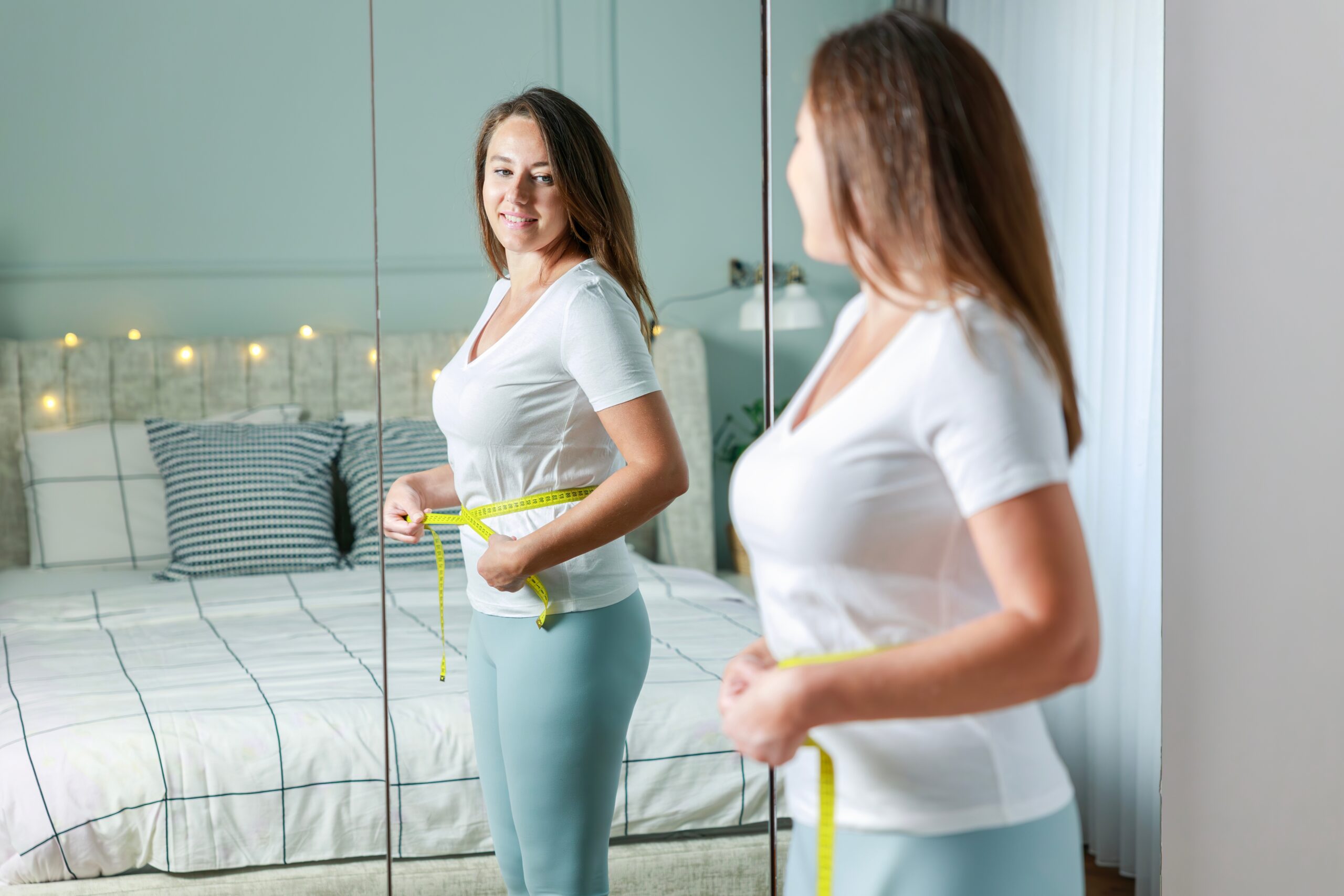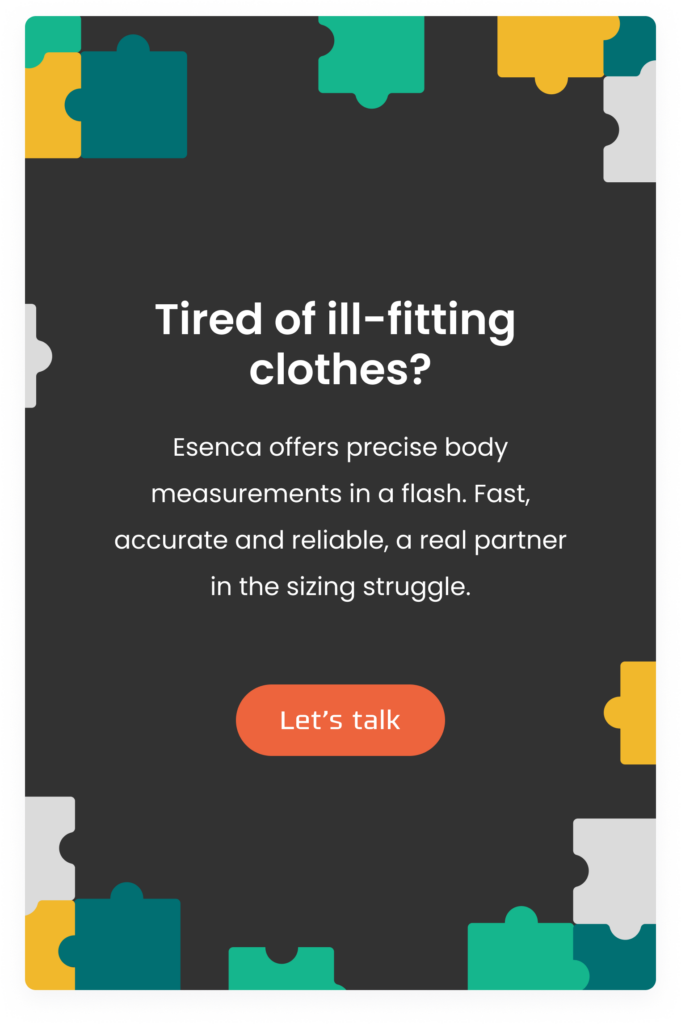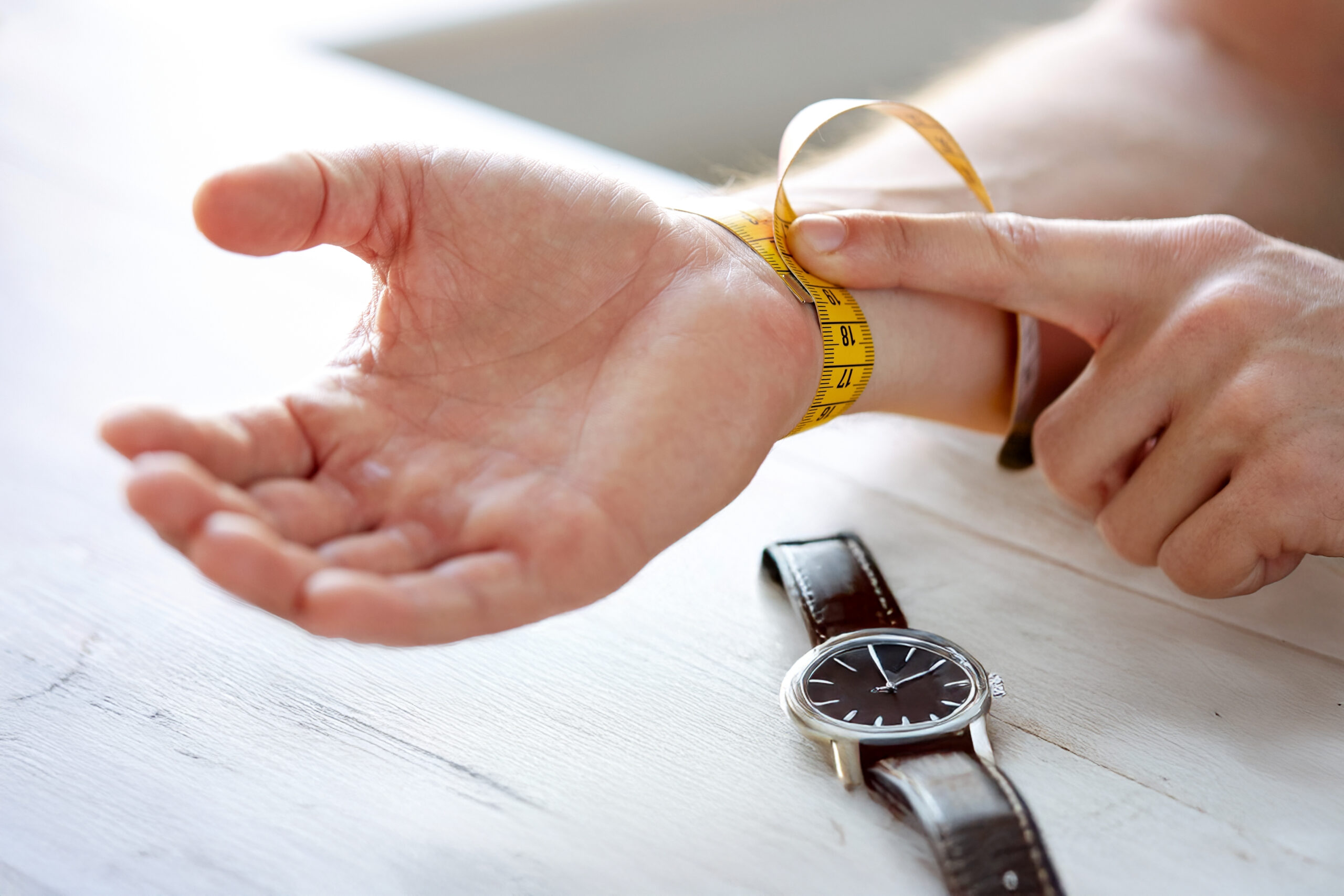
Like with all body measurements, knowing how to measure your waist is crucial in better understanding your body type, ordering clothing in the right size, tracking your fitness goals, and more importantly, monitoring your health. What’s even better is that the process is in fact straightforward to complete.
To prove it, our guide will teach you, step-by-step, what you need to do to ensure precise waist measurement. So, join us in discovering:
Why Waist Measurement is Important
While knowing your correct body measurements is relevant for a number of obvious reasons, your waistline definitely holds the top position, mainly because it can tell you a lot of important information about your body and health.
First of all, learning to measure your waist will help you select garments that fit and look good. You’ll be able to wear comfortable clothes that perfectly align and complement your body type. Choosing the correct measure from the beginning will also provide you with a more enjoyable shopping experience without the hassle of a possible return.
Aside from fashion, there is also the fitness, and weight loss element. Monitoring your waistline will provide clear insights into how close you are to reaching your goals. If this is your endgame, you need to set your measuring frequency.
Last, but now least is health. Measuring your waist can tell you much more in this respect than any other part of your body. The actual size of your waist reveals to you the amount of fat you have around your belly. Fat can be located just under your skin (subcutaneous fat) and that’s the one you are feeling if you squeeze your skin. Visceral fat, however, builds around your organs. You cannot feel it, it’s more difficult to get rid of and more dangerous, as it is often linked to health issues like high cholesterol levels, high blood pressure, and even diabetes.
A larger waist can indicate that the amount of fat around your belly is too much. And obviously, monitoring your waistline can help in preventing health issues.

anchor
Handy Waist Measurement Tips
Before we dive into the waist measurement process, it’s important to set the stage. And what better way to accomplish that than with some help tips?
1. Avoid measuring over clothing.
To obtain accurate results, it’s advisable to measure on a bare stomach.
2. Use a flexible measuring tape.
The standard textile measuring tape, even the ones included in sewing kits are a great waist measurement instrument. While it’s not mandatory, having markings in both inches and centimeters would be great.
3. Repeat the measurement three times.
Although simple, learning how to measure your waist takes a bit of time to get used to. So, don’t be quick to put the measuring tape away after the first time. Take two more measurements and choose the average for the most accurate result.
4. Measure at your own frequency.
There is no rule set in stone as fast measuring frequency is concerned. Set your own frequency based on the goals you would like to achieve.
anchor
How to Measure Your Waist In 4 Steps
Less talking and more measuring, right? Agreed!
Now that we’ve set the mood and grabbed the sizing tool, let’s start measuring!
Step One: Prepare Yourself
Getting measured in your underwear is the best way to go, because this way, you are ensuring that the measuring tape rests against your stomach with no extra layers in between. This will provide you with accurate results.
Additionally, you need to stand up straight. Your posture can influence the waist measurement process.
Step Two: Find Your Waist
To locate your waistline, use your fingers to identify the base of the rib cage and the top of your hips. Your waist is the soft area between these two points. Plus, it is also the narrowest part of the torso.
Step Three: Start the waist measurement process
Hold one end of the measuring tape at the belly button and circle it around your back to the front of your waist. Make sure you stand up straight, breathe normally and don’t wrap the measuring tape too tightly around your waistline.

The measuring tape should be straight and not twisted anywhere.
Step Four: Read, double-check, and interpret your waist size
Check where the zero end meets the other end of the measuring tape. That number indicates your waist measurement in either inches or centimeters. To make sure these are correct, it would be wise to measure your waistline at least one more time.
Once you identify the correct measurements, it’s time to interpret them. While each body type is different, there are some measuring standards you can take into consideration. So a healthy waist measurement is:
- For men: less than 37 inches (94 cm)
- For women: less than 31.5 inches (80 cm)

anchor
How Esenca Sizing Can Help
As discussed, knowing how to measure your waist and monitoring it from time to time is definitely something all individuals ought to do. Whether it’s for fitness, fashion, or health reasons, it’s important to take the time and dive into the process.
Still, if you do find it somewhat complicated, know that there is a better way. Esenca Sizing is an advanced body measuring solution that allows users to quickly and accurately identify their body measurements with just two photos and under half a minute.
It’s a practical way to know your waistline to choose form-fitting outfits, tailor your own clothes, and of course, track your health and fitness progress.
Conclusion
It’s never too late to learn a new skill and while you might not see waist measurement as a high priority, just wait until you need to return a package because the item didn’t fit. Regardless of the benefits of knowing what your waistline brings in terms of health and shape, with exact measurements you can shop online with confidence without having to worry about whether or not the clothing piece fits you.
Learning how to take your body measurements on your own is such a simple life hack that brings impressive advantages. It’s almost a shame not to give it a try.
FAQ
- Why is it important to know my waist measurement?
Knowing how to measure your waist will allow you to choose better-fitting clothes, monitor your health, and track your fitness progress.
- How often should I measure my waist?
The measuring frequency depends entirely on you and your goals. If you are trying to lose weight, weekly or monthly waist measurement helps. For other purposes, you don’t need to do it this often.
- Can I measure my waist over my clothes?
It is preferable to measure on a bare stomach to ensure the accuracy of the results.
- Can I use my waist measurement to determine other clothing sizes?
Knowing your waistline is important. However, it’s only one of several measurements you might be required to determine your body size.
Key Takeaways:
- Learn how to measure your waist: The waist measurement process is simple, requiring only a standard measuring tape, and can be done at home.
- Find your waist first: The waist is located between the base of the rib cage and the top of your hips.
- A larger waist could indicate a health problem: Over 37 inches (94 cm) in men and 31.5 inches (80 cm) in women are regarded as large waists.





